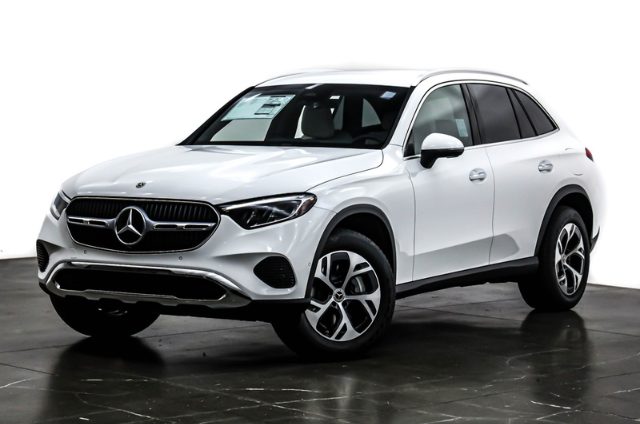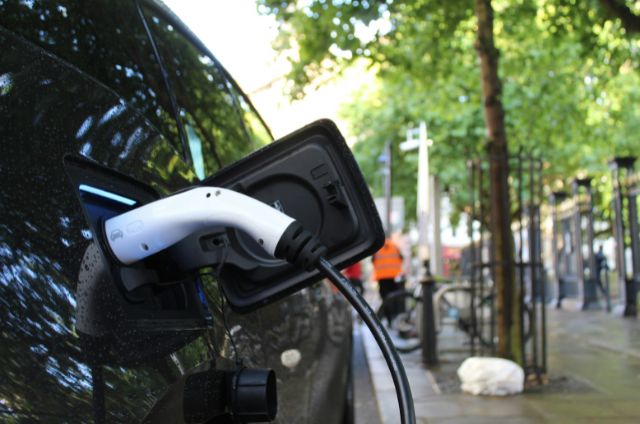Why Switch to an EV?
Going electric isn’t just about saving the planet—it can also save you money and time. EVs offer a quieter, smoother drive, lower maintenance costs, and fewer trips to the gas station. But to make the shift hassle-free, it helps to know what to expect.
Charging: Home vs Public
Charging is the biggest difference between EVs and gas cars.
At home, a Level 2 charger is your best bet. It runs on a 240V outlet and can fully charge most EVs overnight. Some workplaces also offer free charging—another perk worth asking about.
Out on the road, DC fast chargers (Level 3) deliver an 80% charge in about 30 minutes. These are perfect for long trips but come at a higher cost. Apps like PlugShare and Google Maps can help you find nearby stations anytime.
Understanding Range & Battery Life
Don’t chase the biggest battery unless you really need it. Start by tracking how many miles you drive each day. Most EVs can easily handle daily commutes and errands on a single charge. And while batteries degrade slowly over time, manufacturers often cover them for 8+ years.
Upfront Cost vs. Long-Term Savings
Yes, EVs can cost more upfront. But rebates, incentives, and fuel savings add up fast. Many utilities also offer discounts for charging during off-peak hours. EVs skip oil changes and most engine repairs—so you’ll spend less on upkeep too.
Driving Experience & Tech
EVs drive differently—and better. Instant torque means fast acceleration. Plus, with the battery placed low, handling is more balanced. Most come loaded with tech like apps, touchscreens, and over-the-air updates that keep improving the car.
EVs on Road Trips and Insurance
Long drives are easier than ever. Use route planners or charging network apps to map your stops. As for insurance, EVs can cost more to repair, but some companies offer green driver discounts.
Final Thoughts
Switching to electric is more than a trend—it’s a smart move. With the right prep, it’s a smooth transition to a cleaner, quieter, and more connected drive.



